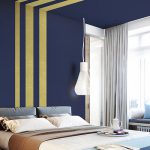How to create a beautiful and cohesive space with the best wall paint colour choices and combinations.
Are you tired of walking into your home and feeling uninspired by the dull and lifeless walls? Do you want to add some vibrancy and character to your living space? Well, you’re in luck! Colour blocking is an excellent way to add depth and personality to your walls without having to resort to expensive decor or renovation projects.
But what exactly is colour blocking? Simply put, it’s the art of combining two or more shades in a complementary or contrasting way to create a bold and cohesive look. In this beginner’s guide, we’ll take you through everything you need to know about colour blocking when choosing wall paint colours.
Start With A Palette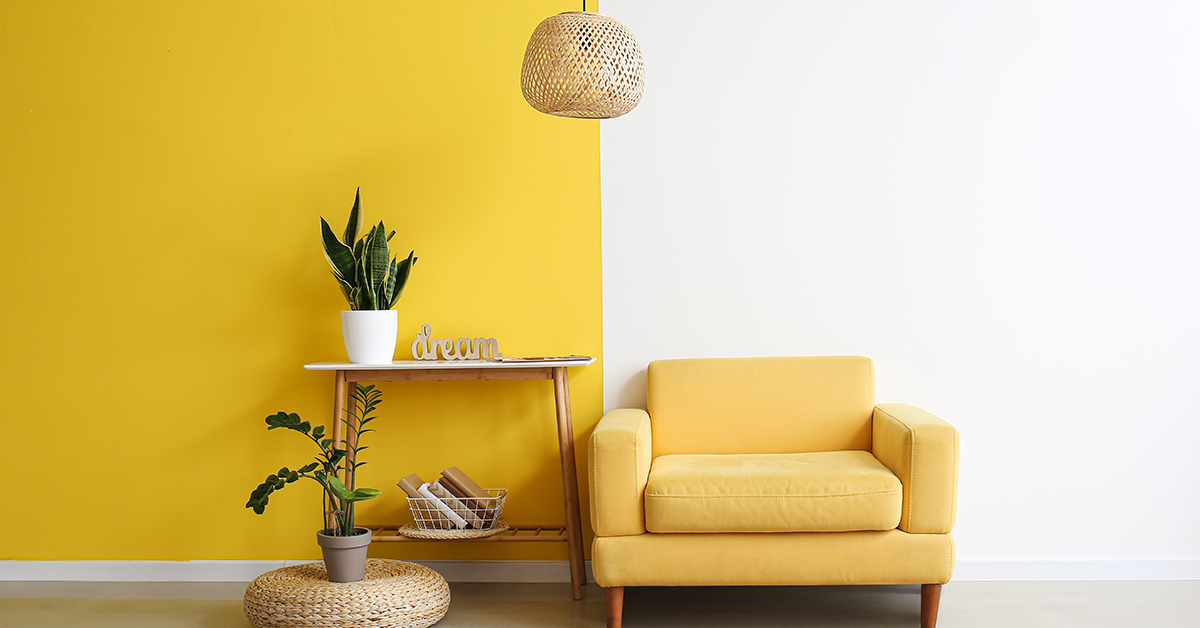
Before you dive headfirst into choosing paint colours, it’s essential to start with a palette. A palette is a selection of colours that work well together and can be used as a guide when selecting your wall shades.
There are several ways to choose a colour palette, such as selecting hues from a piece of art, a rug or a throw pillow. You can also find inspiration from nature or a particular theme, such as coastal, industrial or bohemian.
Once you have a palette in mind, you can start selecting your wall paint colours. Remember to choose the ones that complement or contrast with one another to create a cohesive and visually appealing look.
Use The 60-30-10 Rule 
The 60-30-10 rule is a popular method used by interior designers to create a harmonious scheme. The rule suggests that you use 60% of a dominant colour, 30% of a secondary colour, and 10% of an accent colour.
When colour blocking your walls, you can apply this rule by selecting a dominant shade for the main walls, a secondary shade for an accent wall, and an accent shade for trim or smaller details.
Play With Colour Intensity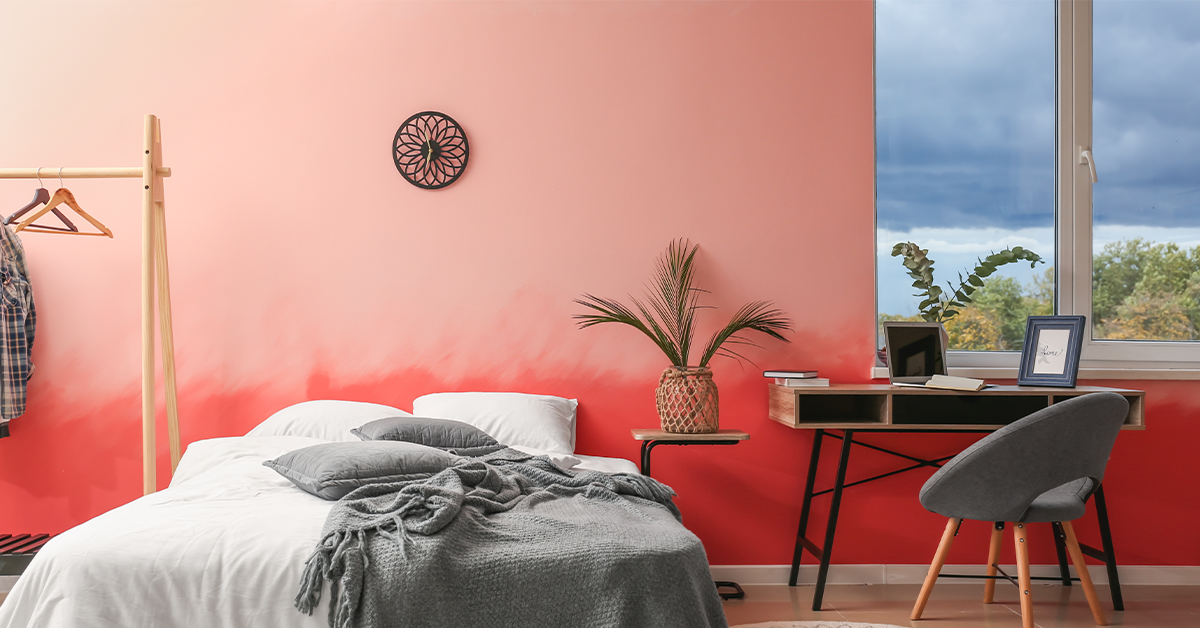
It’s essential to play with the intensity of the shades you choose. This means selecting hues with varying degrees of saturation, brightness, and lightness.
For example, you could use a deep, rich pink for a dominant colour on one wall and a lighter, bright pink for an accent wall, as seen here. This contrast in intensity can create a visually striking look and add depth to your space.
Go Big And Bold With Geometry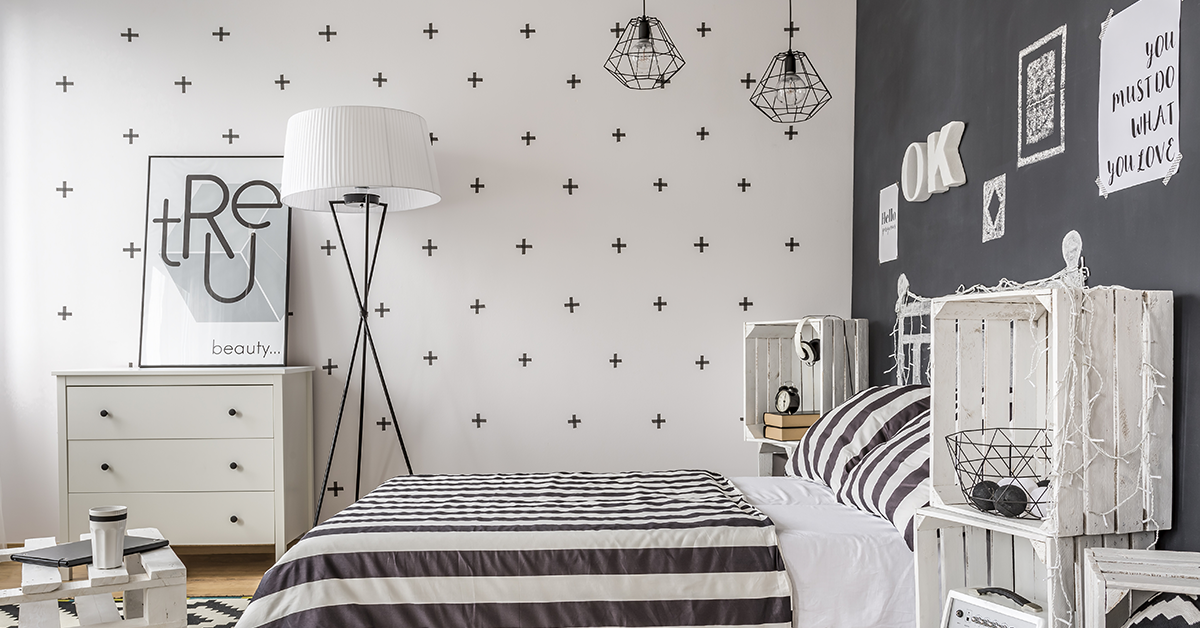
If you have a plain white wall and want to give it some personality without breaking the bank, consider adding a large section of bold colour in a striking geometric shape. To make sure the lines are perfectly straight, use masking tape. Then, add a contrasting piece of art or decor to make it pop and create an eye-catching display. This simple technique can help transform a dull space into a stylish statement.
Consider The Room’s Lighting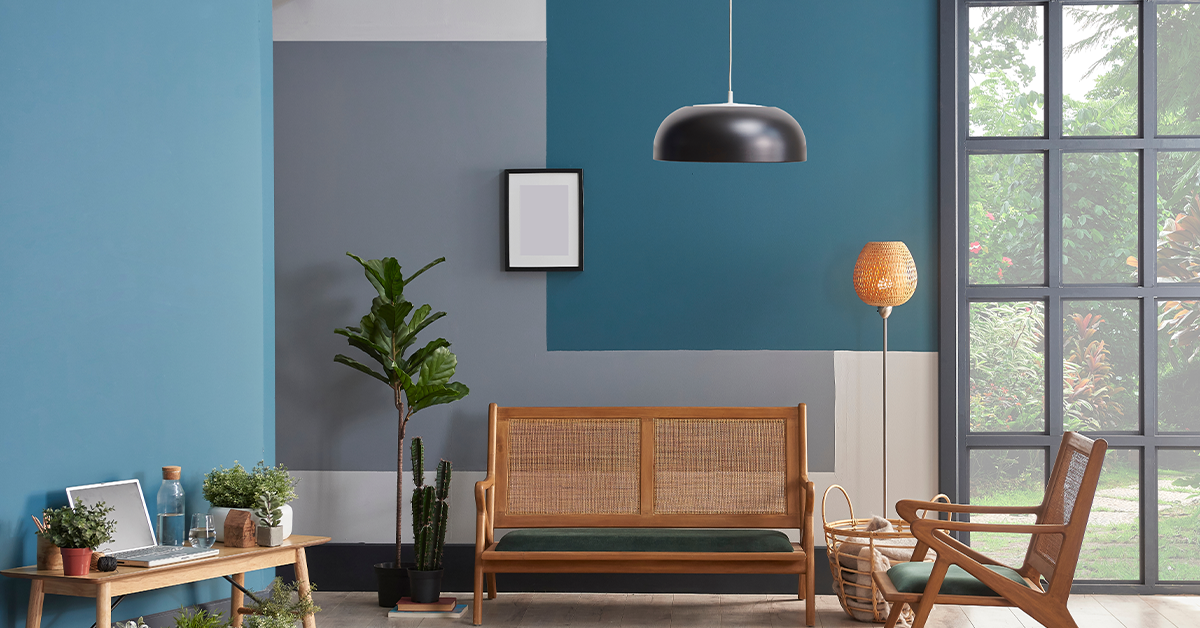
When selecting paint colours for your walls, it’s important to consider the room’s lighting. Natural light can bring out the best in your chosen shades, while artificial lighting can dull or distort them.
If your room has lots of natural light, you can get away with bolder, more vibrant choices. However, if your room is darker or lacks natural light, it’s best to opt for lighter, more subdued white wall paint options.
Take Note Of Your Furniture And Decor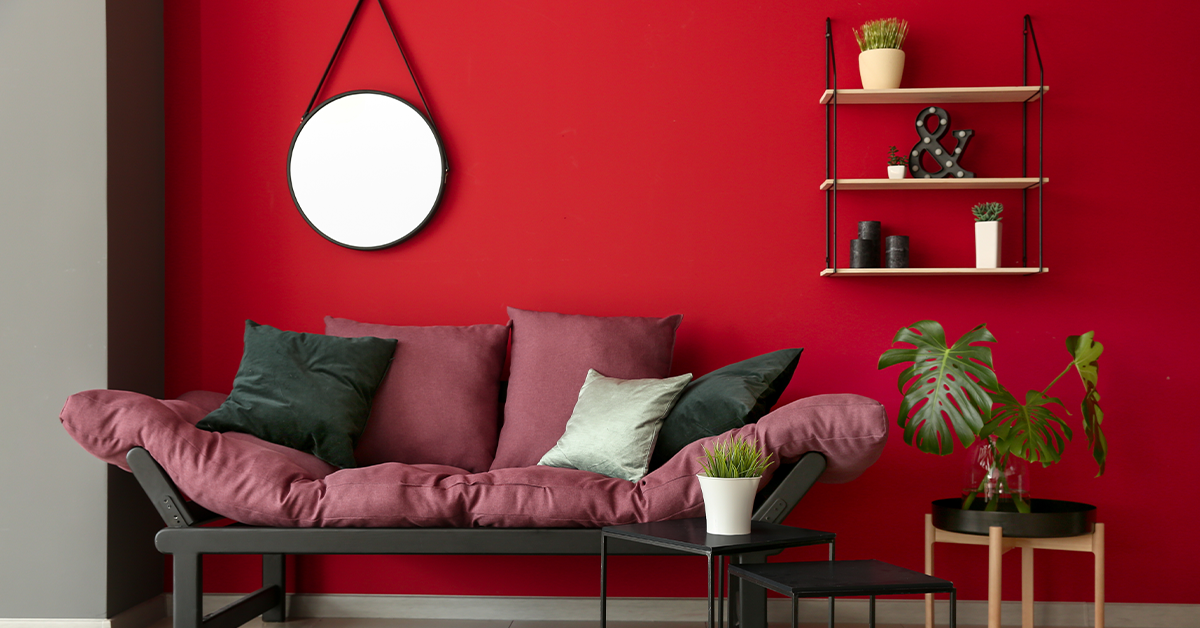
Your wall colours should complement your furniture and decor rather than clash with them. Before selecting your wall paint colours, take note of the existing shades and patterns in your furniture and decor.
For example, if you have a bright couch, you might want to choose a more neutral palette to balance the space. Alternatively, if you have a lot of neutral furniture, you could add some pops of colour to your walls to create interest and depth.
Play With Patterns In A Kids’ Room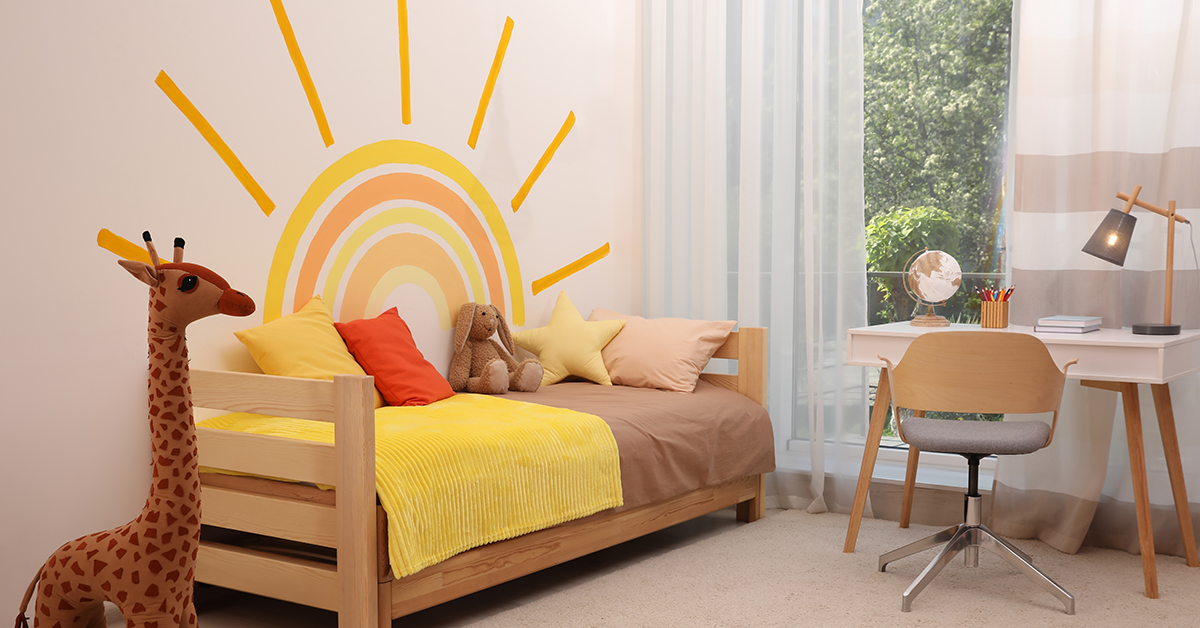
When it comes to decorating a kids’ room, you have more freedom to play with different colours and designs. To create a playful and vibrant atmosphere, consider adding a bold striped feature wall that can serve as a backdrop for a gallery display. To tie the look together, try matching the colours of the stripes with those in your art prints. This will create a cohesive and eye-catching feature that your child will love to showcase to their peers.
Don’t Be Afraid To Experiment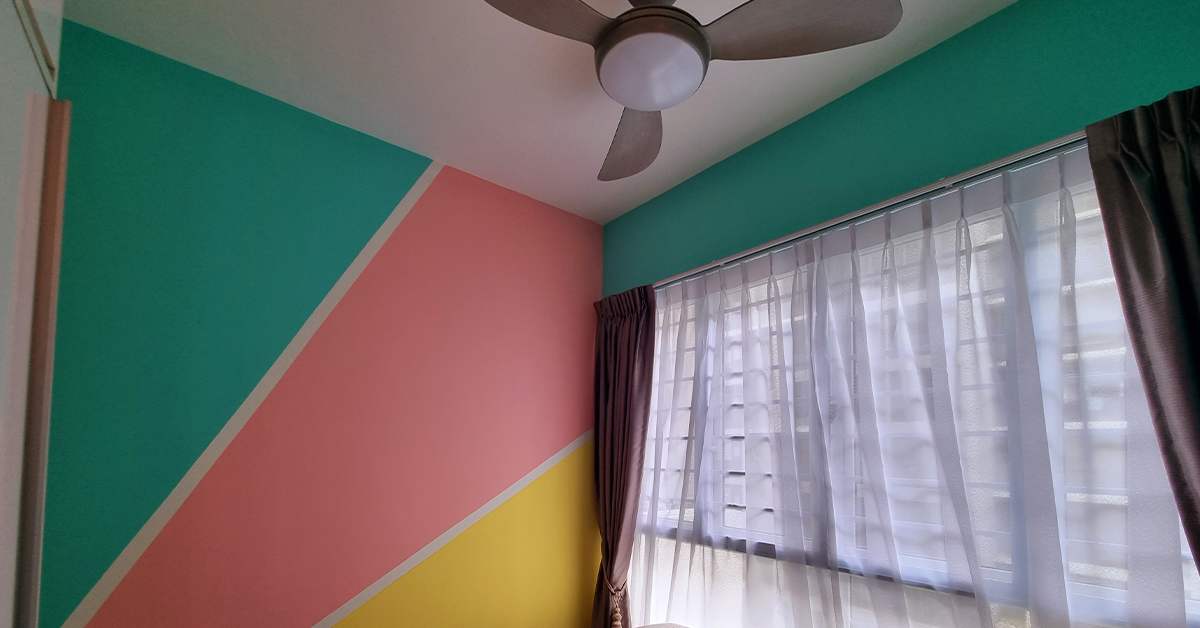
Last but not least, don’t be afraid to experiment with colour blocking. It’s okay to step out of your comfort zone and try something bold and daring. Remember, paint is not permanent, and you can always repaint if you don’t like the end result. So, have fun with it, and let your creativity run!
Conclusion
In conclusion, colour blocking can be an easy and fun way to add personality and depth to your living space. By starting with a palette, using the 60-30-10 rule, playing with the intensity, considering lighting, and taking note of your furniture and decor, you can create a cohesive and visually appealing look.
Don’t forget to experiment and have fun with your choices! With the right colour combinations and a bit of creativity, you can transform your dull walls into a beautiful and inspiring space that reflects your unique style and personality. So, go ahead and give colour blocking a try – your walls (and your mood) will thank you for it!
If you’re inspired to recreate these wall paint ideas in your home, contact our Express Painting experts today for a Faster, Safer and Cleaner painting experience! SMS ‘XP’ to 56767 or call up on 1800 103 6030, our toll-free number.
You can connect with us by clicking on the ‘Get in Touch’ button below and filling out a short form.
If you found this article useful, check out our blog “Summer Colour Trends: Popular Living Room Paint Colours For The Season.”

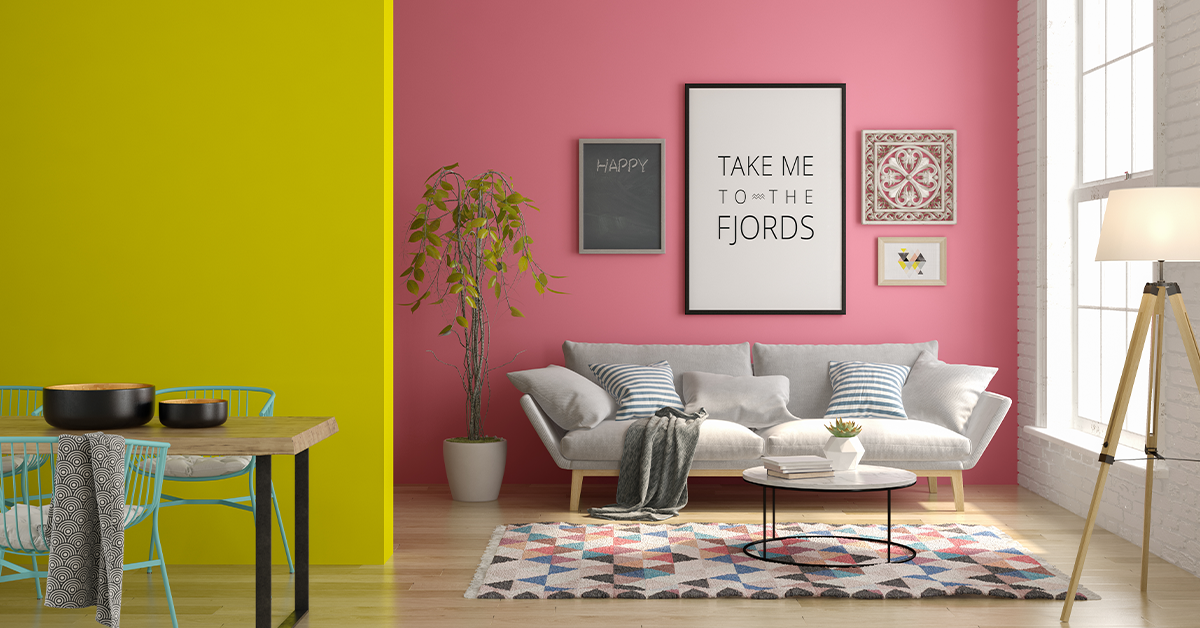
 Get in Touch
Get in Touch
